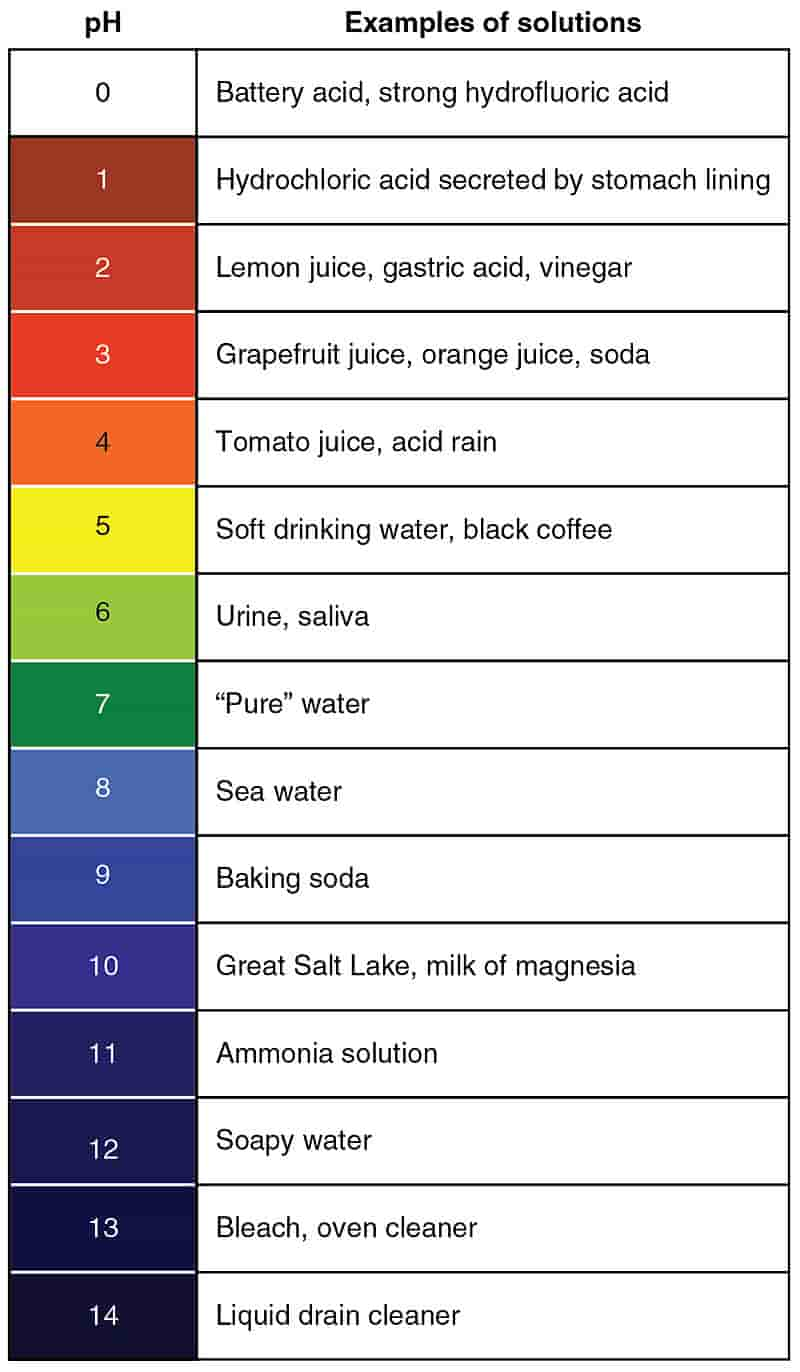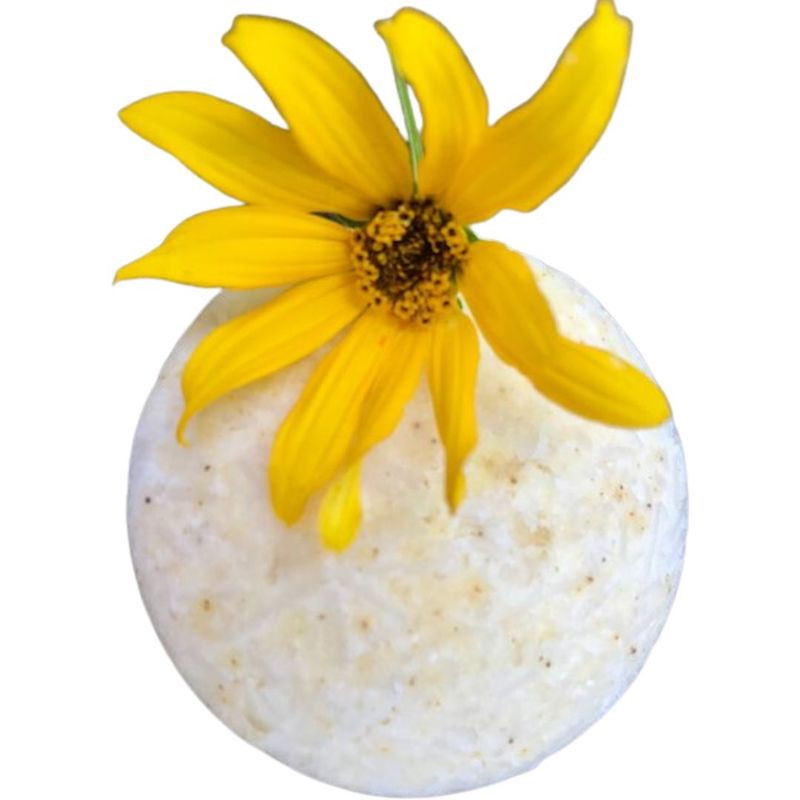
The Science Behind our Shampoo Bars
Published by Anne Altor on Sep 19th 2023
The Science Behind our Shampoo Bars
Want to know how and why One Earth shampoo bars work so well? This post describes the science behind the suds! We discuss pH and why it matters, surfactants and what they do, and the role each ingredient plays in our bars.
pH Matters
Our hair is sensitive to the pH of the hair products we use. Human skin and scalp have an "acid mantle," with a pH of around 4.5 to 5.5. The hair shaft is covered with a scaly layer called the cuticle, and this cuticle protects the hair strand. The hair remains intact at a low (acidic) pH. But at a high (alkaline) pH, the cuticle lifts and opens outward. This weakens the hair, leads to buildup and breakage and gives the hair a dull appearance. Shampoo and conditioner pH should be low, between about pH 4 and 6, to keep hair healthy and intact. Keeping the cuticle intact also helps to protect color treatments.
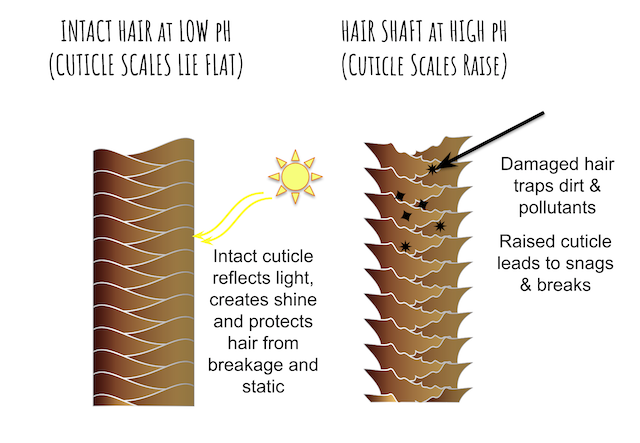
Hair cuticle at low and high pH. Image by One Earth Body Care.
A Deeper Dive on pH
What is pH anyway? pH, or potential of Hydrogen (H⁺), is a chemical property of water-based solutions. It refers to the concentration of positively charged hydrogen ions vs. negatively charged hydroxide (OH–) ions in a solution. The pH scale ranges from 0 to 14, with the middle (pH 7) being neutral (the pH of pure water). As pH values decrease from 7, the solution becomes more acidic (has a higher concentration of hydrogen ions (H⁺). As pH values increase from 7, the solution becomes more alkaline, or basic (has a higher concentration of hydroxide ions). Strongly acidic and strongly alkaline solutions both burn and dissolve organic matter (including skin and hair). As you can see from the chart below, common household and food substances go both high and low on the pH scale.
pH of common solutions. Image from Wikimedia Commons
The beneficial microflora that live in the acid mantle of our skin and scalp are adapted to a low pH. One Earth shampoo bars match the natural pH of our hair and skin. This makes them gentle and a great face and body wash as well as shampoo.
Surfactants
In addition to pH, the choice of cleansers (surfactants) and other ingredients determines how well the shampoo bar cleanses and how gentle it is. Different hair has different needs, so one bar does not fit all. Some of us need more conditioning, some need more cleansing. We select and adjust ingredients to make bars that work for different hair needs.
A Deeper Dive on surfactants
Surfactants are Surface-Active Agents, or cleansers. They are molecules that have a "hydrophilic" (water-loving) end and a hydrophobic or lipophilic ("oil-loving") end that is attracted to oil and dirt. The lipophilic end of the molecule attaches to sebum and debris in the hair. The hydrophilic end of the molecule has a charge and attaches to water, which allows it to rinse away, taking the debris along with it. Surfactants play the following key roles:
- Effective cleansing
- Creating lather
- Improving rinsability
- Creating mildness (key to a good formulation)
- Allowing deposition of beneficial compounds such as conditioners or shine-enhancers (for example in fermented bamboo)
An optimal shampoo bar will be made with a mixture of surfactants, not just a single one. This is because combining surfactants with complementary properties makes the shampoo milder and more effective.
A Few Words About Sulfates
Sulfates are mineral salts containing sulfur and oxygen. Sulfates in shampoo surfactants enhance lather, cleansing and rinsability. Sulfates come in many forms. We avoid sulfates that are derived from palm oil, such as sodium lauryl sulfate (SLS) and sodium lauryl sulfoacetate because palm oil is a major source of deforestation. Also, SLS is an aggressive cleanser that can be very drying and irritating to the skin and eyes. We use sodium coco sulfate (SCS), a lather-boosting surfactant derived from coconut oil. in a blend with other gentle coconut-based surfactants in our shampoo bars.
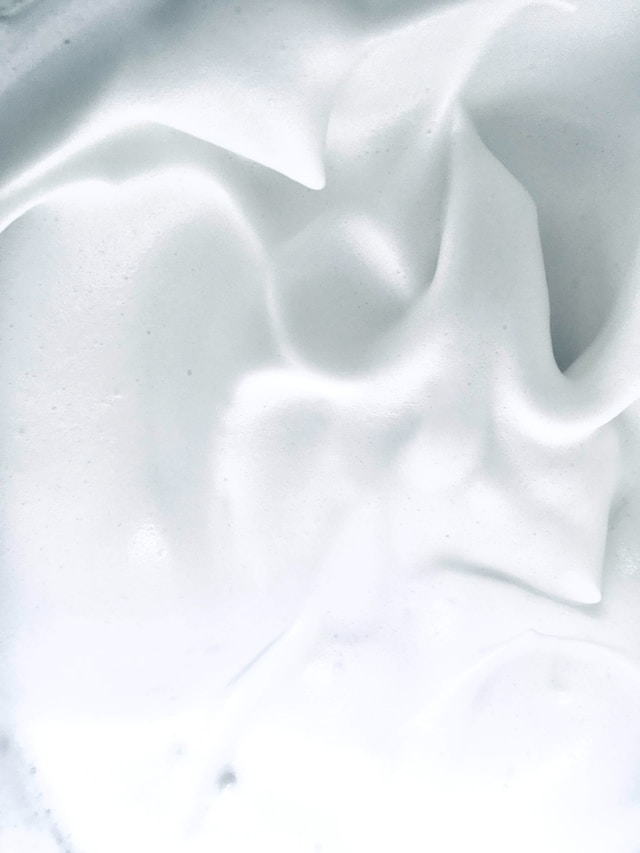
What's in our shampoo bars and why?
We choose every ingredient in our shampoo bars purposefully. Here are the ingredients found in our range of shampoo bars:
Sodium cocoyl isethionate (SCI): An anionic (negatively charged) surfactant made from coconut oil and isethionic acid. SCI is produces a rich, stable lather and gentle cleansing. SCI is very mild and gentle on the skin, hair and eyes. SCI has a low pH (~4.5)
Sodium coco sulfate (SCS): An anionic (negatively charged) surfactant made from all of the fatty acids in coconut oil. SCS creates luxurious, fluffy lather. It is an effective cleanser that removes oil, dirt and buildup without harshly stripping the hair or scalp. SCS is more gentle than SLS (sodium lauryl sulfate). Here's why: SLS is made from lauric acid only, and the small molecular size of SLS makes it an aggressive cleanser. In contrast, SCS is made from all of the fatty acids in coconut oil, making it more gentle. SCS, like all surfactants, should be combined with other cleansers to maximize its benefits. SCS has an alkaline pH (~9.5 to 11), so formulas with SCS must include a pH adjustment.
Cocamidopropyl betaine (CAPB): An amphoteric surfactant made from coconut oil. Amphoteric means that the charge on the CAPB molecule varies with pH. In low-pH (acidic) solutions, CAPB is a cationic molecule (has a positive charge). In high-pH (alkaline) solutions, CAPB is anionic (has a negative charge). In our shampoo bars, CAPB is cationic. The positive charge of the CAPB interacts with the negative charge of the other surfactants (SCI and SCS) and makes the formula milder.
Coco glucoside (CG): A nonionic (uncharged) surfactant made from coconut oil and glucose (sugar). CG stabilizes and thickens the lather and adds gentleness to the shampoo bar. CG has an alkaline pH (~11-12), so formulas with CG must include a pH adjustment.
Organic Fair-Trade cocoa butter: Cocoa butter softens and protects the hair and reduces frizz. It adds conditioning and structure to the shampoo bar. We choose organic Fair-Trade cocoa butter, when available, to support social and ecological equity.
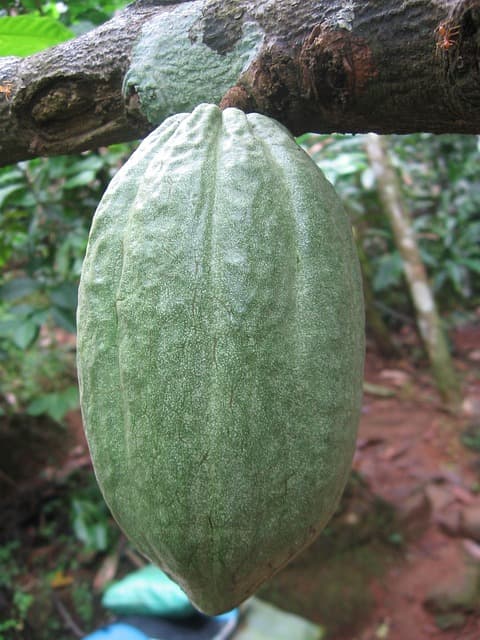
Mango seed butter: Mango seed butter is highly conditioning and protective of the hair.
Organic stearic acid: An uncharged (non-ionic) saturated fatty acid. Stearic acid adds structure, conditioning and hardness to our shampoo bars.
Organic tapioca starch: Tapioca starch improves the solidity of the bar and helps it hold together. It also helps make the shampoo bar gentle.
Organic fractionated coconut oil: The silky, liquid fraction of coconut oil. An emollient, non-greasy conditioning oil that penetrates the hair shaft and helps protect and soften the hair.
Sodium lactate: A humectant made from beets that hardens the shampoo bar.
Behentrimonium methosulfate (BTMS): BTMS is an emulsifying conditioner derived from rapeseed oil. It is cationic (positively charged), a great detangler, and it helps give hair body and bounce. Read more about BTMS here.
Panthenol: From panthotenic acid, or Vitamin B5. Panthenol binds to and penetrates the hair shaft. It increases elasticity, protects hair from breakage, improves shine and reduces static.
Lactobacillus/Arundinaria gigantea ferment (Fermented bamboo): Bamboo is a natural source of silica. To make the bioferment, macerated bamboo leaves are fermented with Lactobacillus lactis to form a complex. This natural silicate improves the slip, shine and combability of hair.
Essential oils: Plant-based fragrances. We use natural essential oils only, never any fragrance oils.
Colorants: We use organic turmeric and annatto, along with mineral pigments, to give our shampoo bars their subtle colors. This is helpful for telling the different bars apart.
Empower yourself with a little hair science...
We hope this post has helped you understand a little more about hair science and what goes into the One Earth products you love. You can browse all our shampoo bars here!

